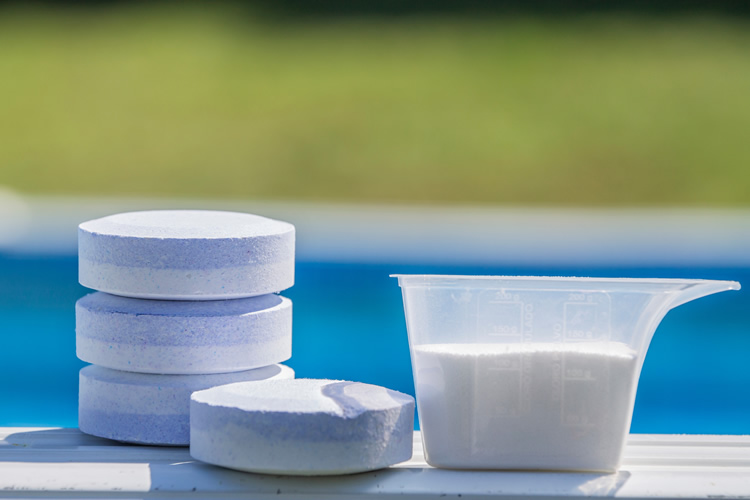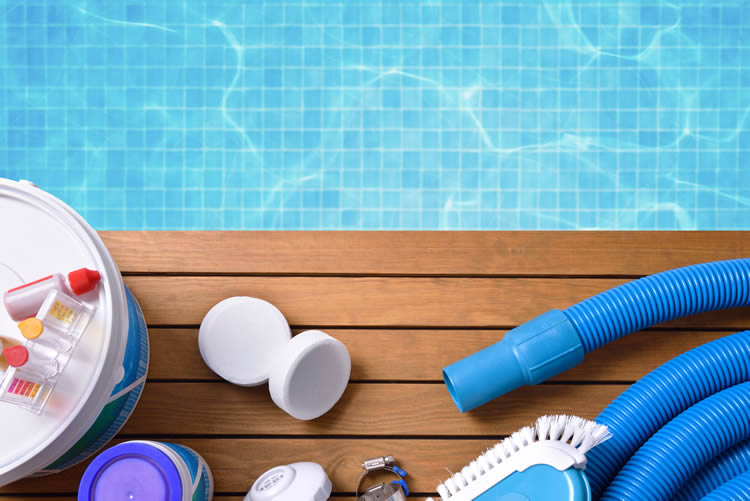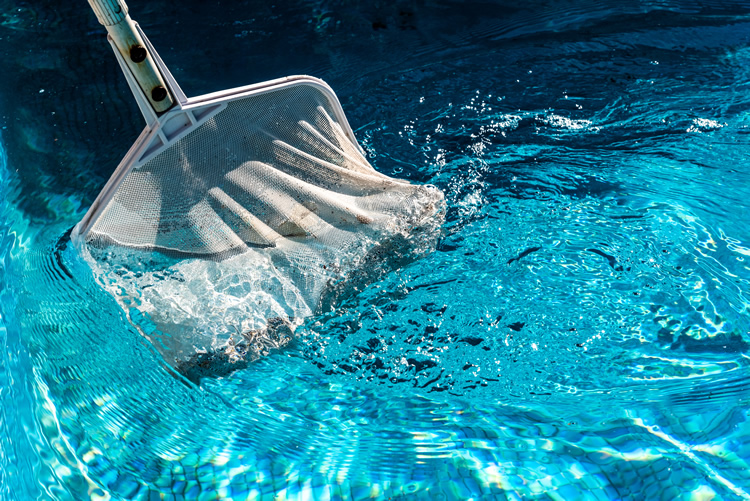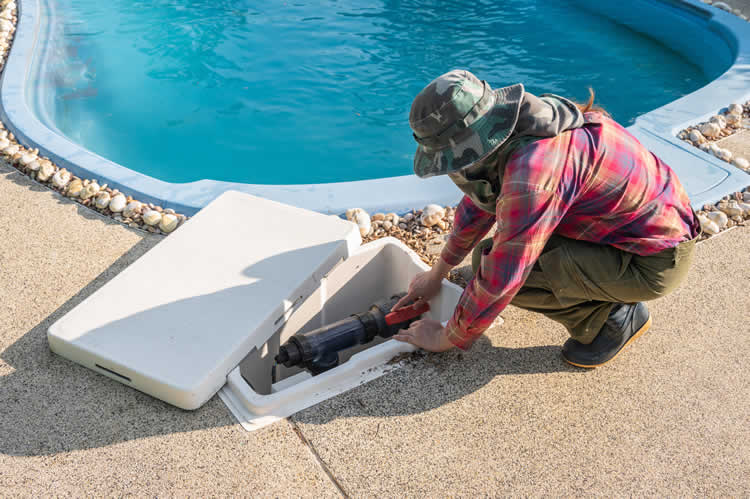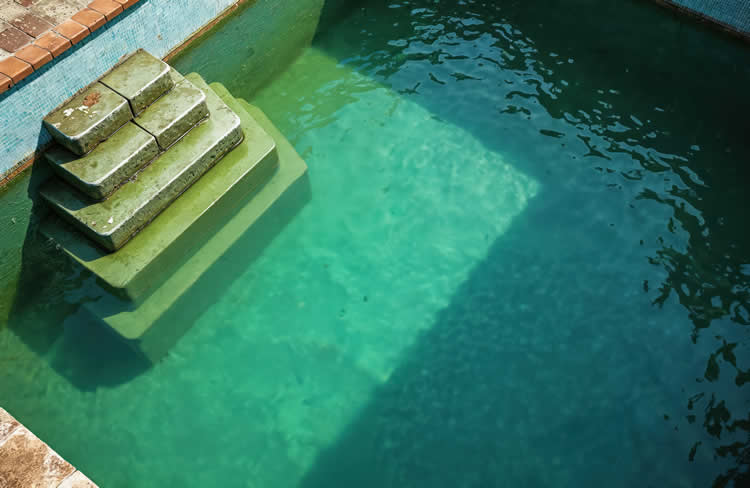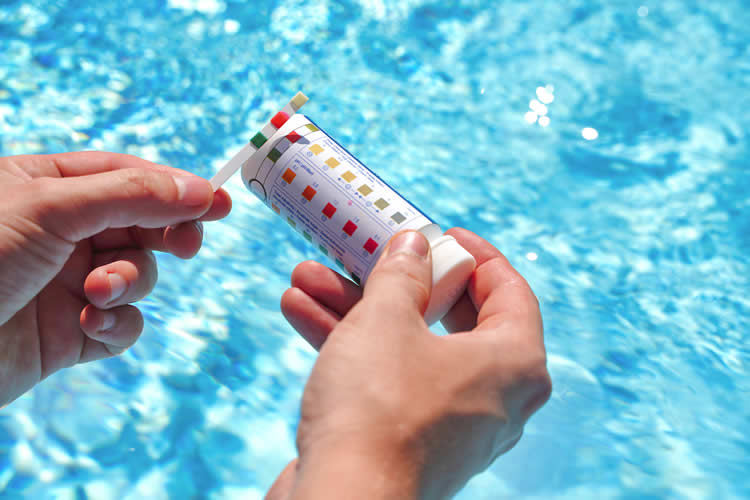The Right Way to Shock Your Pool (and When to Do It)
Ask any pool professional about the secret to sparkling water, and you’ll probably get the same answer: shock it regularly.
But what does “shocking” even mean? Is it some big emergency chemical dump? A quick fix for cloudy water? Or something you should be doing every weekend?
Let’s clear it up once and for all — what shocking really does, when to do it, and how to do it right.
What “Shocking” Really Means
Pool shock isn’t a product — it’s a process. It’s the act of adding a high dose of chlorine (or another sanitizer) to your pool water to oxidize contaminants that regular chlorine can’t handle.
Every day, your pool collects microscopic waste — sweat, oils, sunscreen, leaves, pollen, even rainwater pollutants. Over time, chlorine reacts with that organic material and forms chloramines — the compounds that cause cloudy water and that sharp “chlorine smell.”
Shocking breaks those chloramines apart, kills leftover bacteria, and resets your water’s sanitizer levels to normal. Think of it as a deep clean for your pool.
When You Should Shock Your Pool
If you only shock your pool when it turns green, you’re already too late. The best strategy is preventive shocking.
Here’s when it’s smart to shock your pool:
- Every 1–2 weeks during swim season
Keeps water clean, sanitizer effective, and algae at bay. - After heavy use
If you’ve had a pool party or a few days of kids cannonballing non-stop, the water needs a reset. - After a storm
Georgia rain brings in pollen, dust, and acidic runoff — all of which deplete chlorine. - When water starts looking dull or cloudy
Early signs of combined chlorine and low sanitizer levels. - After algae treatment
Once you’ve brushed and killed algae, shock again to eliminate spores and organic debris. - When chlorine levels drop below 1 ppm
A shock restores balance quickly before algae takes over.
By making shocking part of your maintenance rhythm, you’ll rarely deal with emergencies.
Choosing the Right Type of Shock
Not all shock products are created equal. Here’s a quick breakdown:
1. Cal-Hypo (Calcium Hypochlorite)
The most common form of pool shock — fast-dissolving, strong, and effective. Adds calcium, so be careful if your hardness is already high.
2. Dichlor (Sodium Dichloroisocyanurate)
Adds both chlorine and stabilizer (CYA). Good for outdoor pools but can raise CYA too much over time.
3. Non-Chlorine Shock (Potassium Monopersulfate)
Great for weekly maintenance. It oxidizes contaminants without raising chlorine levels, meaning you can swim sooner — just note it doesn’t kill algae.
For Georgia pools, most homeowners stick with Cal-Hypo for regular deep shocks and non-chlorine shock for light, in-between treatments.
How to Shock Your Pool — Step by Step
Shocking isn’t complicated, but the order matters. Here’s how to do it right:
Step 1: Test and Balance First
Make sure your pH is between 7.4 and 7.6.
If it’s off, fix that before adding shock — high or low pH will make chlorine less effective.
Step 2: Run the Pump
You want maximum circulation during and after shocking so the chemicals distribute evenly.
Step 3: Mix the Shock
Fill a clean bucket with pool water, then slowly add the shock while stirring with a plastic or wooden stick (not metal). This prevents clumping and ensures it dissolves properly.
Step 4: Add It Evenly
Walk around the pool and pour the mixture in slowly, spreading it across the surface. Don’t dump it all in one spot — that can bleach the liner or stain plaster.
Step 5: Let It Work Overnight
Shock at dusk or after dark. Sunlight breaks down chlorine, so night gives it time to do its job.
Step 6: Don’t Swim Too Soon
Wait until chlorine levels drop below 5 ppm before jumping back in. That’s usually by the next afternoon.
The “Double Shock” Trick
If your water’s turned green or cloudy after a storm or algae bloom, one treatment may not cut it.
In that case, double the dose.
You’re not overdoing it — you’re overcoming high organic load. Follow the same steps, run your pump continuously for 24–36 hours, and brush the pool walls the next day.
You’ll be amazed how quickly the clarity returns when done properly.
Safety Tips Most People Miss
- Never mix shock types. Combining Cal-Hypo and Dichlor in the same container can cause an explosive reaction.
- Always pre-dissolve dry shock. Especially in vinyl pools — undissolved granules can bleach the liner.
- Keep it dry and separate. Store shock away from other pool chemicals in a cool, ventilated space.
- Don’t shock through your skimmer. The high concentration can damage plumbing or filters.
- Use gloves and eye protection. Even pros do — the stuff’s strong.
The Best Time of Day to Shock
Always shock in the evening or at night.
In Georgia’s sunny climate, UV rays eat chlorine faster than you can pour it in. Waiting until after sunset gives you a full night of effectiveness before the sun burns it off.
Bonus: your pool will look crystal clear by morning.
Why Shocking Works So Well
Chlorine doesn’t just “clean” — it transforms contaminants through oxidation, turning sweat, sunscreen, and bacteria into harmless compounds that filter out.
When your chlorine levels are consistently right and you shock routinely, your pool develops a kind of self-healing rhythm. It’s constantly renewing itself, even through heavy use or changing weather.
That’s what gives that signature sparkle — water that’s truly clean, not just clear.
The Takeaway
Pool shock isn’t a panic button — it’s maintenance. Done right, it prevents cloudy water, controls algae, and keeps swimmers safe.
If you stay ahead of the schedule, you’ll rarely have to “fix” anything. Instead, your pool will stay balanced, inviting, and easy to manage all season long.
And that’s the real secret — the best pool owners don’t wait for trouble. They keep the water one step ahead of it.

